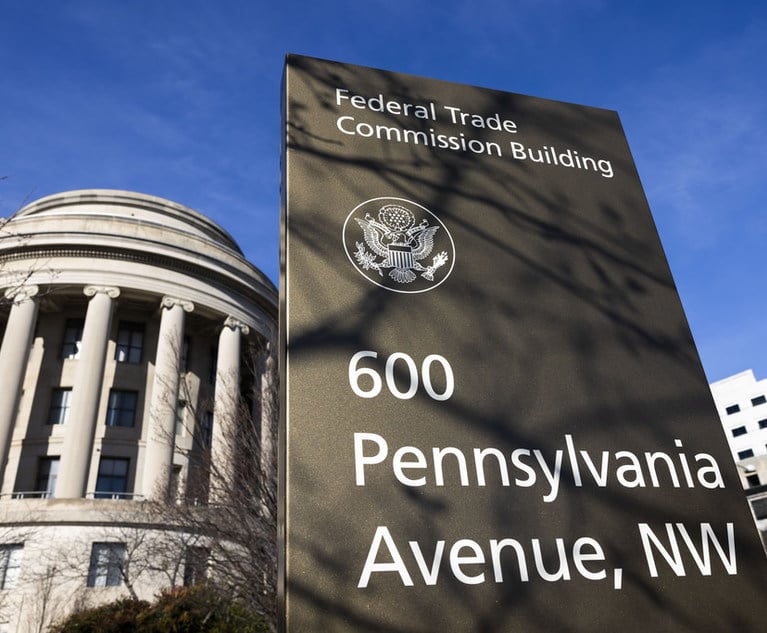 Notwithstanding its title, the following is not intended as a narrow treatment of employment practices in the national security sector. While certainly relevant to those in the defense trade, this article will likely also be relevant to any entity in the critical or emerging technology fields. Those involved in the defense trade, itself an expansive and expanding field, have been navigating the tender traps at the intersection of export control and antidiscrimination laws for many decades when recruiting and hiring Foreign Person employees in export-controlled projects.
Notwithstanding its title, the following is not intended as a narrow treatment of employment practices in the national security sector. While certainly relevant to those in the defense trade, this article will likely also be relevant to any entity in the critical or emerging technology fields. Those involved in the defense trade, itself an expansive and expanding field, have been navigating the tender traps at the intersection of export control and antidiscrimination laws for many decades when recruiting and hiring Foreign Person employees in export-controlled projects.
The term military-civil fusion has been used to describe the aggressive policies of our strategic competitors, mainly China, in harvesting civilian technologies for military purposes. China’s military advances have spurned initiatives in our own defense innovation intended to increase investments and improve the Department of Defense’s ability to also leverage commercial technologies. Bolstering U.S. defense innovation through commercial technologies is not only our future, but our present. From an implementation standpoint, innovation and investment in the STEM fields presents an opportunity for rapid procurement. Most pertinent to the topic at hand, the percentage of the foreign born is approximately 2.5 times the respective percentage for native born in the engineering and in the computer and information sciences baccalaureate (or higher) programs. (Source is 2019 American Community Survey (ACS) deriving data from https://usa.ipums.org/usa/ using data culled from the U.S. Census Data for Social, Economic, and Health Research) Among the foreign born with bachelor’s degrees, a full 20 percent are in STEM occupations compared with 11.4 percent for the native born. (See also Subhayu Bandyopadhyay and Praew Grittayaphong, Fed. Res. Bank of St. Louis, STEM Skills among Foreign-born Workers in the U.S. (Dec. 10, 2020) for context.) This will continue to determine the available pool of candidates to fill certain STEM roles.






